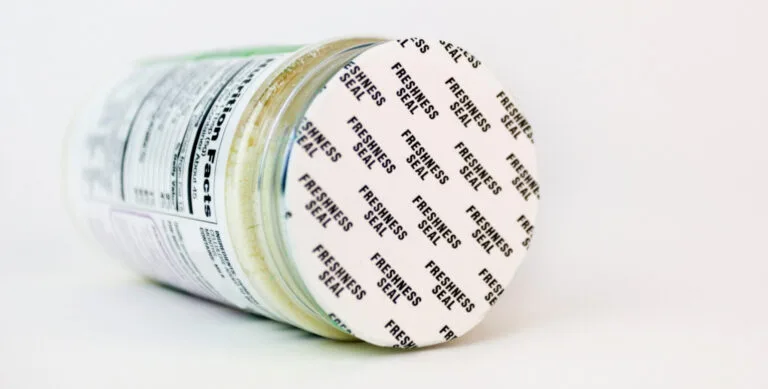
Product manufacturers in chemicals, cosmetics, medicines, and the food and beverage industry focus more on addressing customer's evolving demands and standards. They have to ensure that their items reach their consumers in perfect condition. Shoddy merchandising, such as leaky and damaged containers, and rotten or contaminated items, are serious issues that endanger safety. The capability to attain a flawless seal every time is now possible thanks to sophisticated production procedures. When used appropriately, the induction sealing system may enhance the value of a product. Making the container airtight creates a tamper-proof seal that solves all the aforementioned problems while maintaining an overall professional appearance. The induction cap sealing technology is also great for extending the shelf life of a product and maintaining freshness, which increases consumer confidence.
The container, cap closure, liner material, and induction seal should all be perfectly matched to attain a consistent product seal. It will be better to check your cap closure with the Induction Cap Sealing Machine supplier to discover the best combination.
Most induction-sealed containers are made of PET & HDPE, while glass Jars can also be induction sealed. The container type is preferred depending on product suitability, marketing, and logistical concerns.
The cap closure must have a flat interior part to accommodate an induction liner. Screw-on caps provide a more comprehensive selection of hard and soft cap liner materials. Snap-on caps are better for more delicate cap lining materials.
The following aspects influence the selection of an acceptable induction seal material:
Selecting the best machine for your needs is a crucial process. When choosing a provider, consider the following points: The provider can offer technical guidance on the induction sealing method and, if required, engage in the closure and container development procedure
